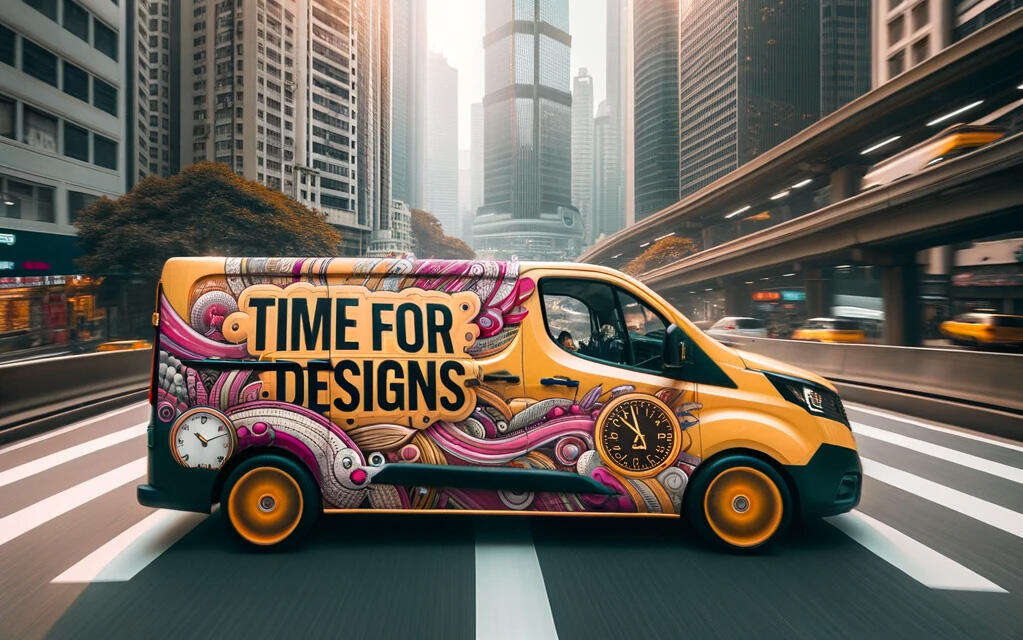Branding and Print Marketing for Start-ups: An Insightful Guide by Time for Designs
In the digital age, physical brand expressions like print materials retain a tangible essence that sets businesses apart. For startups, especially those on a tight budget, knowing how to leverage print marketing can make the difference between obscurity and recognition. As a budding business, how can you make this traditional method work for you? Time for Designs is here to guide you, focusing on offering optimum return on investment.
Brand Identity & Design
1. Difference Between Brand, Branding, and Brand Identity
-
Brand: It’s the perception people have about your company. It’s an emotion, feeling or image that your customers associate with your product or service.
- Branding: The process of shaping this perception through strategies, storytelling, and experiences.
- Brand Identity: The visual elements that represent your brand, including the logo, colours, and fonts. It’s the face of your brand to the world.
2. Choosing a Name for Your Brand
Your brand name should resonate with your target audience, be memorable, and reflect your business essence. Conduct market research, brainstorm, and test potential names with focus groups to ensure it’s the right fit.
3. Designing a Memorable Logo
A logo is the symbolic representation of your brand. It should be distinctive and capture the essence of your business. Time for Designs recommends simplicity, relevance, and versatility in logo designs to ensure longevity and recognition.
4. Choosing Colours and Fonts Colours evoke emotions.
For instance, blue signifies trust, while red denotes excitement. Fonts, on the other hand, convey the tone of your brand. Always ensure they align with the brand message. For startups, consistency in using these elements across all channels amplifies brand recall.
Print Materials
1. Effective Print Materials for Marketing
From brochures, business cards, and posters, to banners and flyers, the right print materials elevate brand visibility. For startups, business cards and brochures are a must-have as they’re cost-effective and provide essential information.
2. Budget Allocation for Print Marketing
Start-ups often operate on limited budgets. Allocate funds based on priority, potential ROI, and the audience you aim to reach. Investing in high-quality materials for important events or clients can make a lasting impression.
Design & Content
1. Designing Standout Print Materials
In a world saturated with advertising, uniqueness is key. Opt for high-quality images, captivating graphics, and clear layouts. Time for Designs can help craft designs that not only stand out but also resonate with your brand’s voice.
2. Content for Print Materials
Prioritize clarity and conciseness. Incorporate your value proposition, contact details, and a call-to-action. Remember, the content should drive the reader towards a specific action, like visiting your website or calling your office.
Distribution
1. Distributing Print Materials Consider your target audience.
Trade shows, local events, and networking functions are excellent for B2B startups, while local businesses and community boards might be better for B2C businesses.
2. Measuring Print Marketing Effectiveness
Use QR codes, custom URLs, or tracking phone numbers. Monitor web traffic, call volumes, or specific landing page hits after distribution. For startups, it's vital to understand which print efforts yield the best ROI to optimize future strategies
In conclusion, while the digital landscape offers a myriad of opportunities, the tangible touchpoint that print materials provide can be invaluable for startups. And with the right approach, even businesses on a shoestring budget can achieve impressive results. Time for Designs champions this belief, striving to help startups create an impactful brand identity and print marketing strategy that promises significant returns on their investment.








Comments (0)
Add a Comment